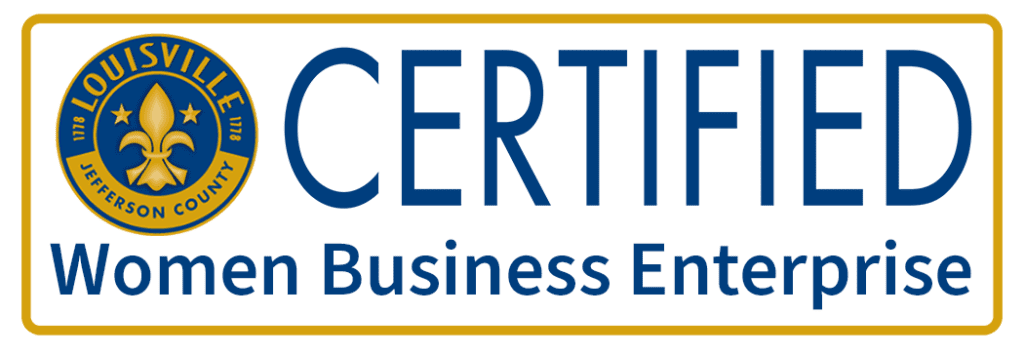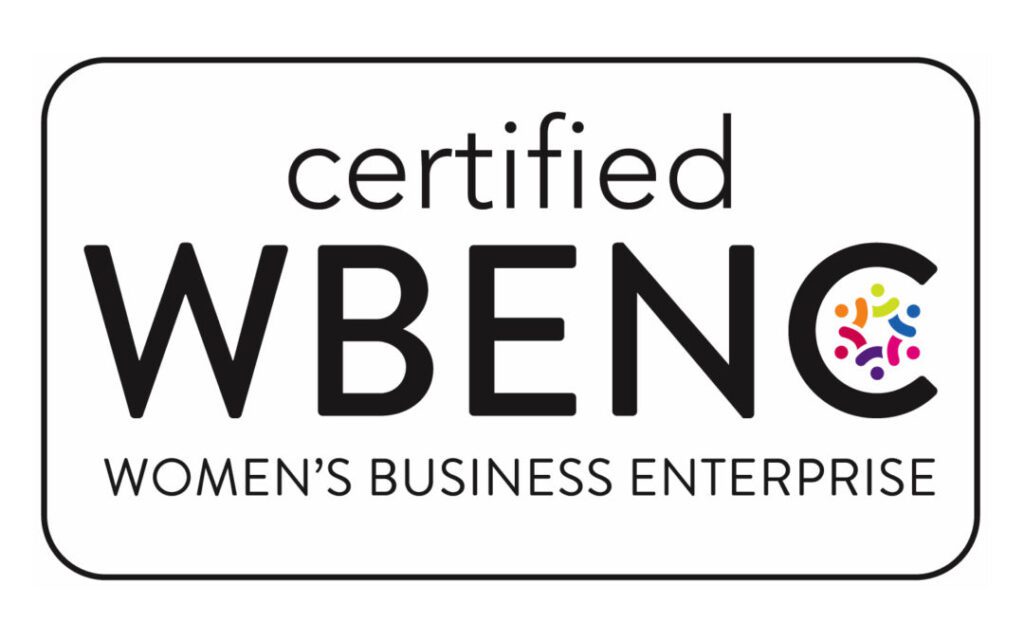Retention Strategy for Restaurants and Hospitality Employees
Although it has always been a significant concern, there has been a consistent rise in turnover rates for restaurant employees over the past few years. Findings from the Bureau of Labor Statistics indicate that over 6% of employees in the hospitality sector leave monthly while the yearly turnover rate is 73.8%. The figures by themselves are a cause for alarm, but the impact of the turnover on the hospitality industry is even more significant.
On average, restaurants and other businesses in the hospitality industry lose $5,864 on every employee turnover. If you have 500 employees, with the current average turnover rate in the industry, you can lose upwards of $2 million annually. This is a vast amount of money that you could channel towards more meaningful initiatives such as upgrades and marketing.
While it is a problem that has plagued this industry for a long time, it is only getting worse given the current unemployment rate. If you consider all factors, it is easy to understand why employee retention for restaurants and companies in the hospitality sector is challenging. It is for this reason that we have developed this retention strategy for restaurant and hospitality employees.
Incentivize Long-term Employment Using Benefits
Employee benefits remain a significant factor in retaining your current employees and attracting new talent regardless of your industry. Healthcare and retirement benefits are vital.
Retirement Benefits
Most employees make the decision to work with a company based on the retirement benefits the company offers. Additionally, almost half of the employees decide whether to stay with their current employer after considering retirement benefits. Retirement benefits are a unique incentive to long-term employment. By utilizing the employer match combined with a unique schedule to provide incentives for employees, it is possible to get employees to stay with your company even during retirement. Employees want to know that a company is working towards providing a secure financial future before committing to their long-term futures.
It is clear that retirement benefits are an essential element, but most businesses in the hospitality industry do not offer solid retention benefits through retirement plans. There are lots of challenges such as the increased burden on the human resource department and low employee participation. One of the most common scenarios is a case where a highly compensated employee is usually limited in relation to the 401 (k) contributions as a result of failing the non-discrimination test and poor participation. Often, this culminates in increased turnover rates in relation to the highly valuable employees that can be hard to replace.
Healthcare Benefits
Healthcare benefits are another vital element in avoiding employee turnover. Before deciding to work with your company, almost 46% of employees consider the health care benefits package you offer. This is according to a Willis Towers Watson study, which also indicates that 55% of the employees view healthcare benefits as an important factor towards staying with their current employer.
This should not be surprising considering ever-growing medical costs. Although employees need to understand that their futures are covered, they also want to know that their present is well taken care of. Coming up with a solid healthcare plan remains one of the best ways to achieve this.


Integrate Technology
Embracing technology can help you reduce the turnover rate of your hospitality business in two ways.
Reduces Workload
Naturally, businesses in the hospitality industry feature a constantly busy environment. Employees often have to juggle between different tasks at the same time, which can have a significant impact on employee morale and productivity.
By integrating modern technology into your business practices, you allow some of the tasks to be delegated to automated systems while employees manage the essential tasks. With less work to do, it is easier to keep employees motivated, which contributes to employee retention.
Improves the Overall Work Environment
Effective integration of technology creates a highly efficient work environment. It takes less time to process tickets which contributes to customer satisfaction and streamlines BOH and FOH. It becomes easier to achieve lower employee turnover rates by creating an enjoyable working environment for employees in the hospitality sector.
Retaining Restaurant and Hospitality Employees
The high employee turnover rates continue to plague the hospitality and restaurant industries. Through poor employee retention, companies lose thousands of dollars on individual employee turnover every month. There is an urgent need for lasting solutions to mitigate the impact high employee turnovers have on the industry.
Companies based in the hospitality and restaurant industries need to provide incentives geared towards getting employees to commit to a future with a company. Providing incentives such as retirement and healthcare benefits can have a positive impact on employee turnovers. Similarly, integrating technology into your business practices can also contribute. It reduces the amount of work the employees have to do and provides a comfortable working environment that contributes to employee satisfaction.












